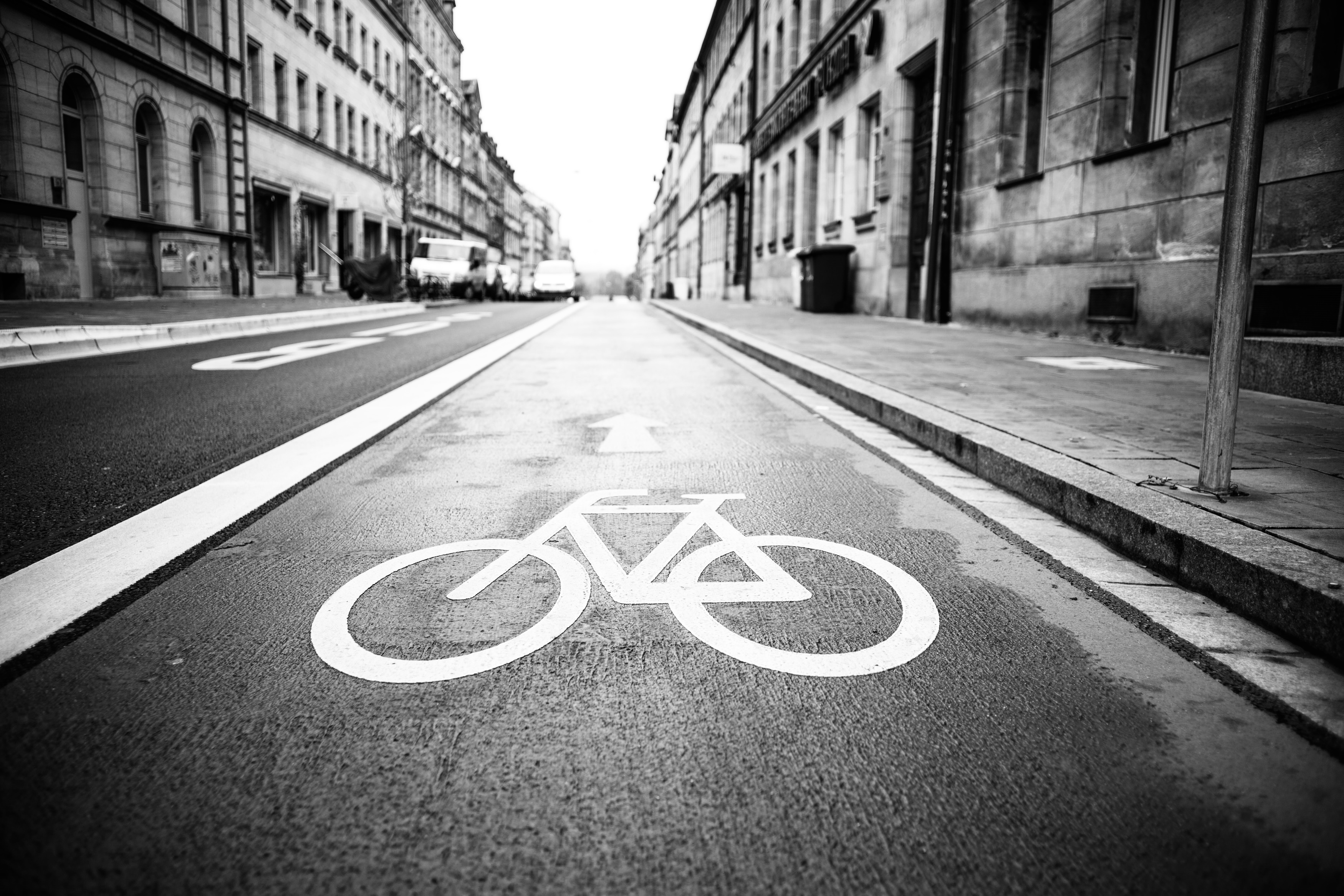
E-bike Infrastructure
By Khaled Abou Alfa • 13th of March, 2022
With global energy prices rising, this picture of Arnold from the 1970s is making the rounds to inspire those into moving away from hydrocarbon reliant cars and using a bike or e-bike instead. Why wait at the pump and pay extortionate prices, there is a much better alternative. There is some momentum around this opinion playing out (of course this could still be a post-pandemic headache). The latest Bloomberg article, focusing on the US market, shows how e-bike sales are outpacing electric car sales.
| Year | Electric Cars | E-bikes |
|---|---|---|
| 2019 | 320k | 270k |
| 2020 | 325k | 463k |
| 2021 | 652k | 790k |
Even so, this is a colossal under simplification. As someone who no longer owns a car (haven’t since we moved to Denmark nearly three years ago), I can certainly chime in on those dreaming about this lifestyle.
Successful biking infrastructure is more than safe routes around a city. Infrastructure extends to road rules that gives preferential treatment to those on bikes, to make them feel safer. A wide network of distributed bike shops that can handle breakdowns and flat tires. Lockable and secure places for the bikes on either side of the journey. Insurance policies that actually consider bikes in general.
Then you have the weather. In a sunny climate with little humidity, it will be a joy — you can put this place right next to the place where all car ads are shot, devoid of any other cars. In a real city, with regular conditions, cold, wind, rain, snow, sleet, heat, humidity, dust, exist. The very act of riding your bike quickly becomes something you need to accept.
Finally there is both civil and political will. People need to collectively accept that no solution is void of pain points. It is a tradeoff. A combination of vehicles that we use as necessary is a more sustainable solution. That you don’t need to get into a car for regular short trips And that yes, you might get cold, or hot or wet. You might even sweat. And that’s ok.
The prize if we do that is not being like Arnold on his bike but rather we can be part of incredible transformation in our built environment. The most striking example being these images from the city of Groningen in the Netherlands - comparing the 1960s and today.
